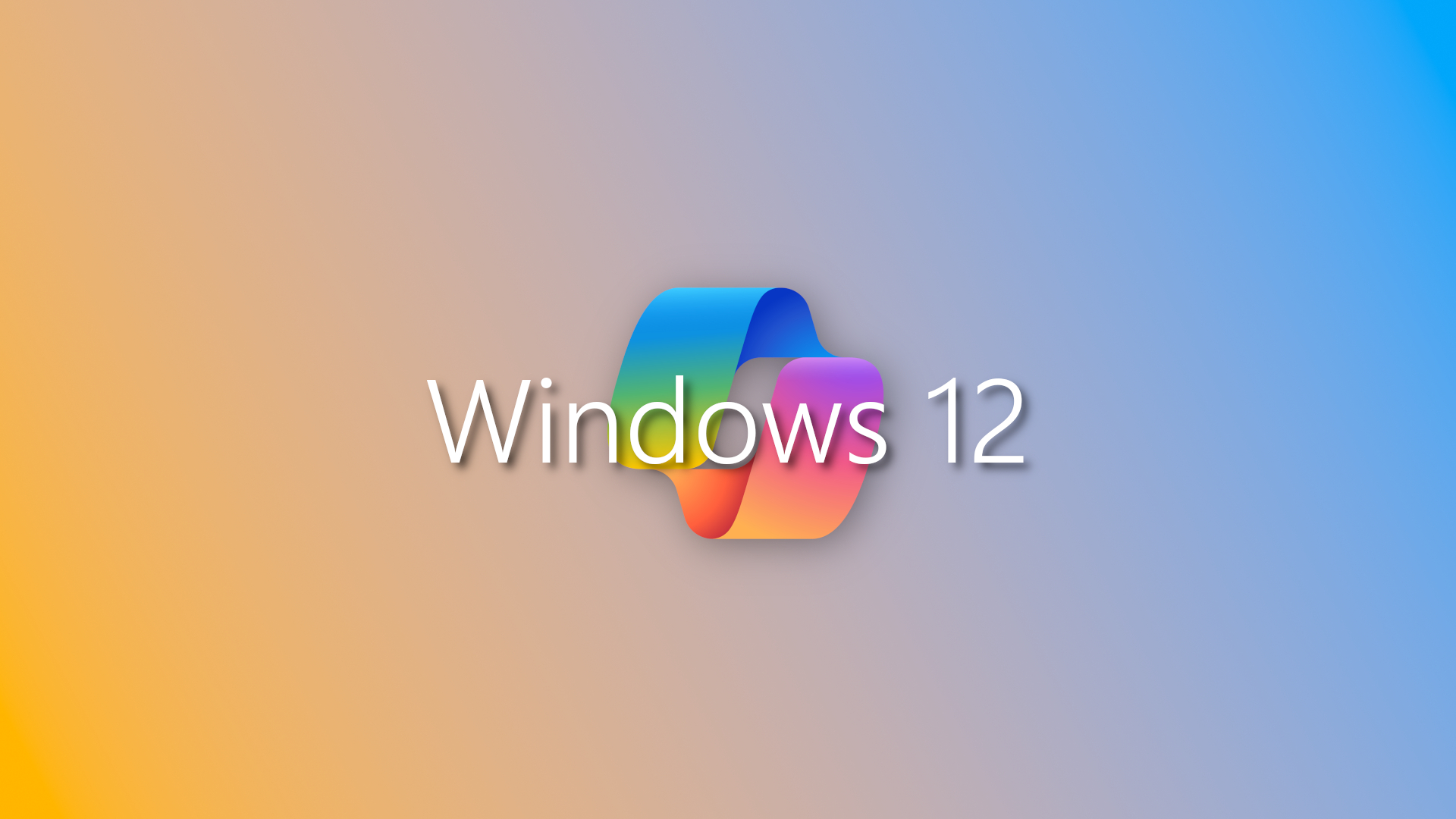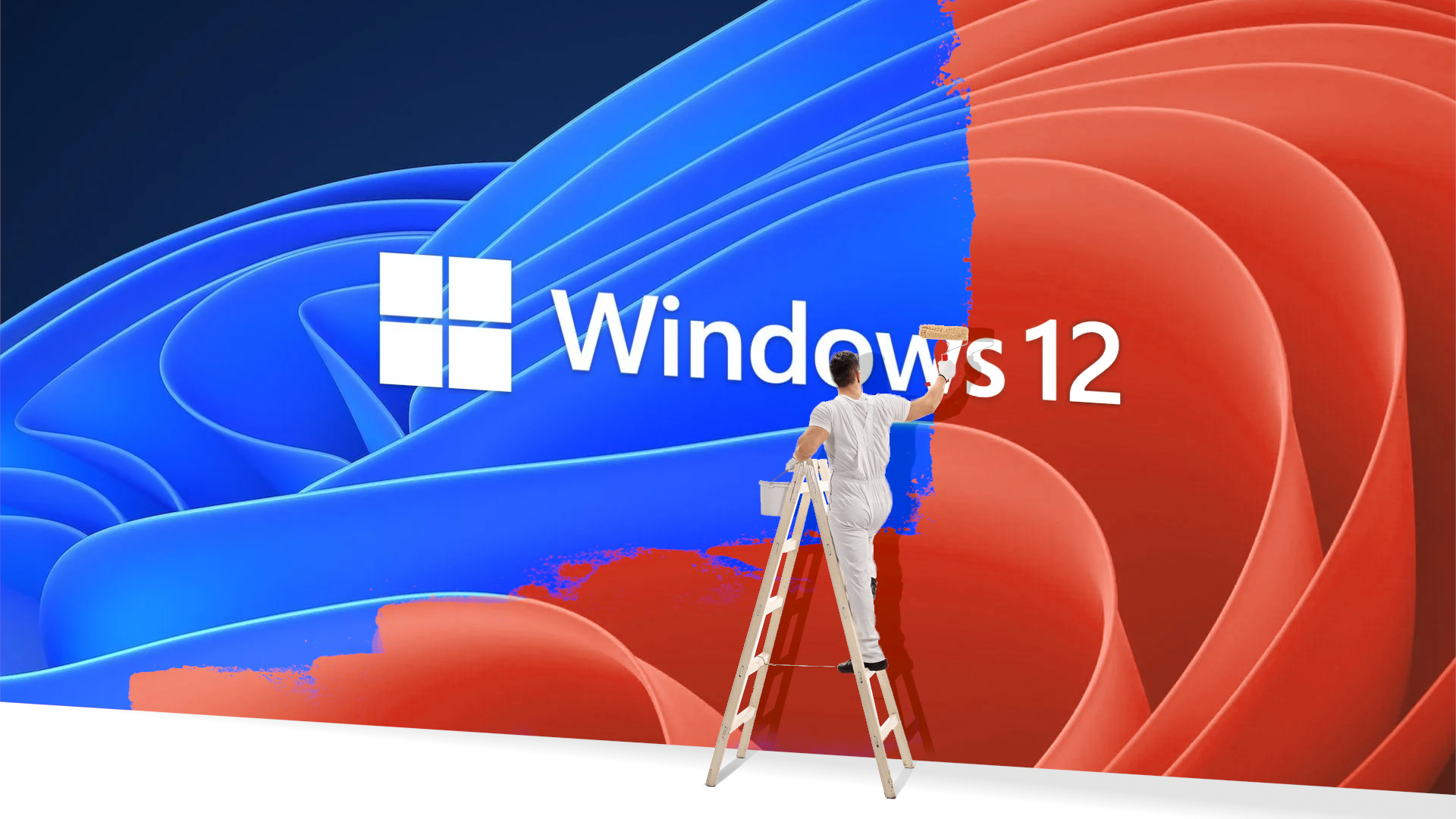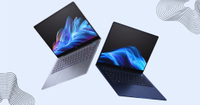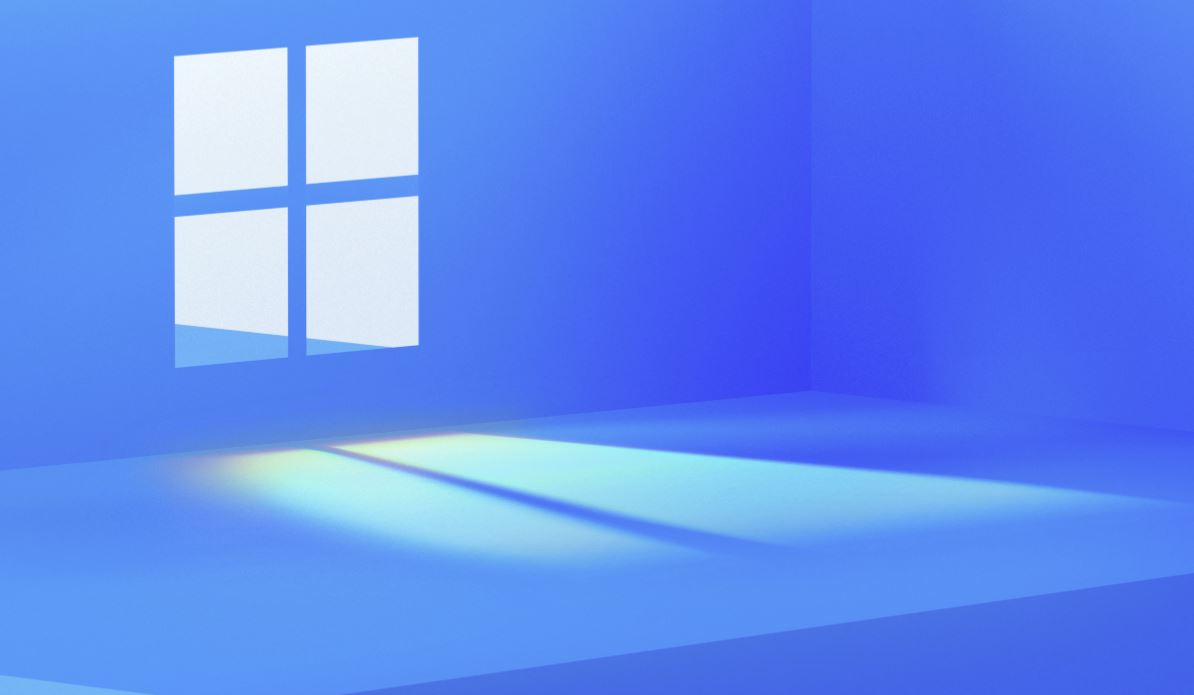Microsoft has forked-up Windows 11, but there's one clear solution
Former Windows 10 users may have jumped through Microsoft's upgrade hoops, but they're being left behind anyway. Something has to change.

Windows users just can't catch a break — unless the break in question is a myriad of routine update-related BSoD errors.
First, Microsoft gatekept Windows 10 users from upgrading to Windows 11 through its controversial hardware requirements, insisting on previously non-standard TPM 2.0 modules and a strict cut-off for particular processors.
Then, after years of pretending not to understand why people with perfectly good PCs chose to avoid Windows 11 like it had the plague, Microsoft announced Windows 10's end-of-support date of October 14, 2025.
The news was an indicator that Microsoft was effectively preparing to strong-arm holdouts into upgrading or going turncoat on their operating system under the duress of no more security updates, technical support, or feature drops.
Now, Microsoft has let the mask slip even further, recently publishing an update checklist for Windows 10 users that spends more time suggesting they prepare their computers for the scrap heap than emphasizing how to upgrade to Windows 11.
And that's all because, while many Windows 10 users have the hardware to accommodate Windows 11's hardware requirements, Windows 11's minimum specifications are something of a red herring.
New AI-backed additions to the platform, like Copilot, Recall, Cocreator, Restyle, Super Resolution, and more, are either exclusively available to or vastly superior on a new wave of Copilot+ PCs that depend on modern processors outfitted with dedicated NPUs (Neural processing units).
Make no mistake about it. These aren't just features, they're a fork. Microsoft is splitting the Windows 11 userbase down a clear hardware divide. And if it's going to do that, it might as well cut the cord entirely and call it Windows 12.
Laptop Mag's Best AI PCs in 2025
Check out our round-up of the best AI PCs in 2025 as we rank and compare top-reviewed AI and Copilot+ laptops featuring the latest and greatest NPU-touting processors from Qualcomm, AMD, and Intel.
Copilot+ isn't a feature set, it's a fork
Microsoft touts Copilot+ features as a bold step into an exciting AI-powered operating system frontier. And sure, it is. But it's not a feature drop, it's a platform fork hiding behind the Windows 11 nametag.
The requirements for running Microsoft's modern vision of Windows 11 dwarf the old TPM 2.0 module complaints, requiring modern Intel Core Ultra, Qualcomm Snapdragon X, or AMD Ryzen AI processors to make use of many exclusive Copilot+ PC tools.
That's a benchmark the vast majority of Windows 11 users are yet to meet, effectively holding these newer features to ransom under hardware requirements that turn Microsoft's official minimum specs into a joke.
That's because Microsoft's scope for Windows 11 has exploded in recent years alongside the AI boom, and what was once intended to be a prettier, more secure, and more "modern" operating system is morphing into something else entirely — something that perhaps isn't all that fitting.
After all, you don't need a Copilot for a vessel originally designed to be helmed by one. Perhaps it's time that Microsoft christened an entirely new ship for its AI-driven expedition.

Let's just get to Windows 12 already
After spending years trying to bring Windows users together under the banner of Windows 11, Microsoft has now effectively placed a hardware divider among its userbase once again.
It's time Microsoft bit the bullet and stopped trying to wedge its next-gen operating system ambitions into Windows 11's framework and started forging the road ahead with Windows 12.
This makes hardware expectations clear from the get-go, gives developers a clear milestone to move on from, and gives Windows users peace of mind that they won't once again be left chasing further hardware requirements to access the latest Windows features when Microsoft inevitably moves the goalposts on their 40 trillion operations per second (TOPS) NPU recommendation.
If Microsoft is going to split its userbase, raise the hardware bar, and launch a fleet of AI-first features that only work on the latest chips, then fine — but at least do it properly.
Just as Windows 10 never panned out to be the "final version of Windows" that Microsoft claimed it to be, neither will Windows 11. It's time for Windows 12.
More from Laptop Mag

Rael Hornby, potentially influenced by far too many LucasArts titles at an early age, once thought he’d grow up to be a mighty pirate. However, after several interventions with close friends and family members, you’re now much more likely to see his name attached to the bylines of tech articles. While not maintaining a double life as an aspiring writer by day and indie game dev by night, you’ll find him sat in a corner somewhere muttering to himself about microtransactions or hunting down promising indie games on Twitter.
You must confirm your public display name before commenting
Please logout and then login again, you will then be prompted to enter your display name.

